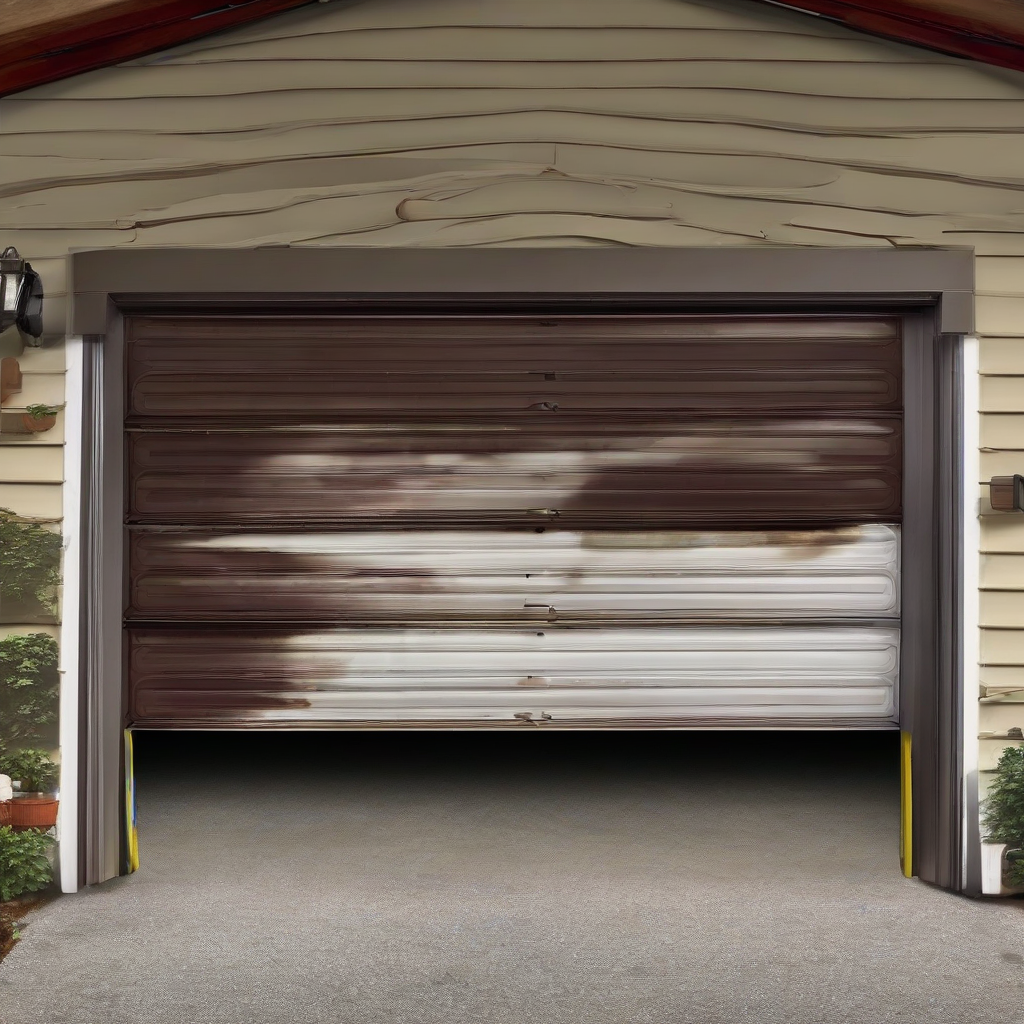Decoding the Cost of Broken Garage Door Spring Repair: A Comprehensive Guide
A broken garage door spring can be a frustrating and inconvenient experience. The sudden inability to open or close your garage door disrupts your daily routine and can even pose a safety hazard. Understanding the cost of repair is crucial for budgeting and making informed decisions. This comprehensive guide delves into the various factors influencing the price of broken garage door spring repair, helping you navigate the process with confidence.
Factors Affecting the Cost of Garage Door Spring Repair
- Type of Spring: Garage doors utilize either torsion springs (located above the door) or extension springs (located on the sides). Torsion springs are generally more expensive to replace due to their complexity and the specialized tools required for installation. Extension springs, while simpler, still necessitate professional handling for safety reasons.
- Spring Size and Weight: The size and weight capacity of your garage door springs directly impact the cost. Heavier doors require stronger springs, which naturally cost more. A professional will accurately assess your door’s weight and dimensions to determine the correct spring specifications.
- Number of Springs: Most double garage doors utilize two springs for balanced operation. Replacing both springs will naturally double the cost compared to repairing a single spring on a single-door system.
- Labor Costs: Labor costs vary significantly depending on geographic location, the technician’s experience, and the company’s pricing structure. Hourly rates can range considerably, affecting the overall repair bill. Expect higher rates in urban areas and from highly-rated, experienced technicians.
- Service Call Fees: Many garage door repair companies charge a separate service call fee for their initial visit to diagnose the problem. This fee is typically non-refundable, even if you choose not to proceed with the repair. Be sure to inquire about this fee upfront.
- Parts Costs: The cost of replacement springs themselves varies based on the spring’s size, material (typically steel), and manufacturer. Higher-quality springs usually come with a longer warranty, but they may be slightly more expensive initially.
- Urgency of Repair: Repairing a broken spring immediately is often more expensive due to potential overtime charges or emergency service fees levied by the technician. Scheduling the repair during regular business hours can often save money.
- Additional Repairs: During the repair process, the technician may discover other issues with your garage door system, such as worn cables, rollers, or pulleys. Addressing these additional problems will increase the total cost of the repair.
- Company Reputation and Warranty: Choosing a reputable company with a good track record and a warranty on their repairs is generally advisable, even if it might be slightly more expensive upfront. A strong warranty offers peace of mind and can save money in the long run if additional issues arise.
Estimated Cost Ranges
Providing exact pricing is challenging due to the variability of the factors mentioned above. However, here’s a general range to help you budget:
- Single Extension Spring Repair: $50 – $150 (excluding service call fee)
- Double Extension Spring Repair: $100 – $300 (excluding service call fee)
- Single Torsion Spring Repair: $100 – $250 (excluding service call fee)
- Double Torsion Spring Repair: $200 – $500 (excluding service call fee)
- Service Call Fee: $30 – $75 (can vary significantly)
Important Note: These are estimates. The actual cost may be higher or lower depending on your specific circumstances.
Tips for Saving Money on Garage Door Spring Repair
- Obtain Multiple Quotes: Contact at least three different garage door repair companies to compare their pricing and services. Be sure to provide them with all the relevant details about your garage door.
- Schedule During Off-Peak Hours: Avoiding emergency calls and scheduling your repair during regular business hours can significantly reduce the cost.
- Negotiate Prices: Don’t hesitate to politely negotiate the price with the repair company, especially if you’ve obtained lower quotes from other providers.
- Consider DIY Repair (Proceed with Caution): If you are mechanically inclined and comfortable working with potentially dangerous equipment, you might consider attempting a DIY repair. However, this option is strongly discouraged unless you have the necessary expertise and safety precautions in place. Incorrectly installing a spring can lead to serious injury.
- Regular Maintenance: Preventative maintenance, such as annual lubrication of your springs and other moving parts, can prolong the lifespan of your garage door components and reduce the likelihood of costly repairs.
Understanding the Repair Process
- Initial Assessment: A qualified technician will inspect your garage door and springs to diagnose the problem accurately.
- Spring Replacement: The technician will carefully remove the broken spring(s) and install new ones of the correct size and type.
- Testing and Adjustment: Once the new springs are installed, the technician will test the garage door’s operation to ensure smooth and balanced movement.
- Safety Check: The technician will perform a final safety check to confirm that all components are functioning correctly and pose no safety risks.
Choosing a Reputable Garage Door Repair Company
- Check Online Reviews and Ratings: Research the company’s reputation through online reviews and ratings on platforms like Yelp or Google My Business.
- Verify Licensing and Insurance: Ensure that the company is properly licensed and insured to protect yourself from potential liability issues.
- Inquire About Warranties: Ask about the warranties offered on both parts and labor. A solid warranty shows the company’s confidence in their work.
- Get Everything in Writing: Obtain a written quote that details the cost of the repair, including parts, labor, and any service call fees.
Conclusion (Omitted as per instructions)

